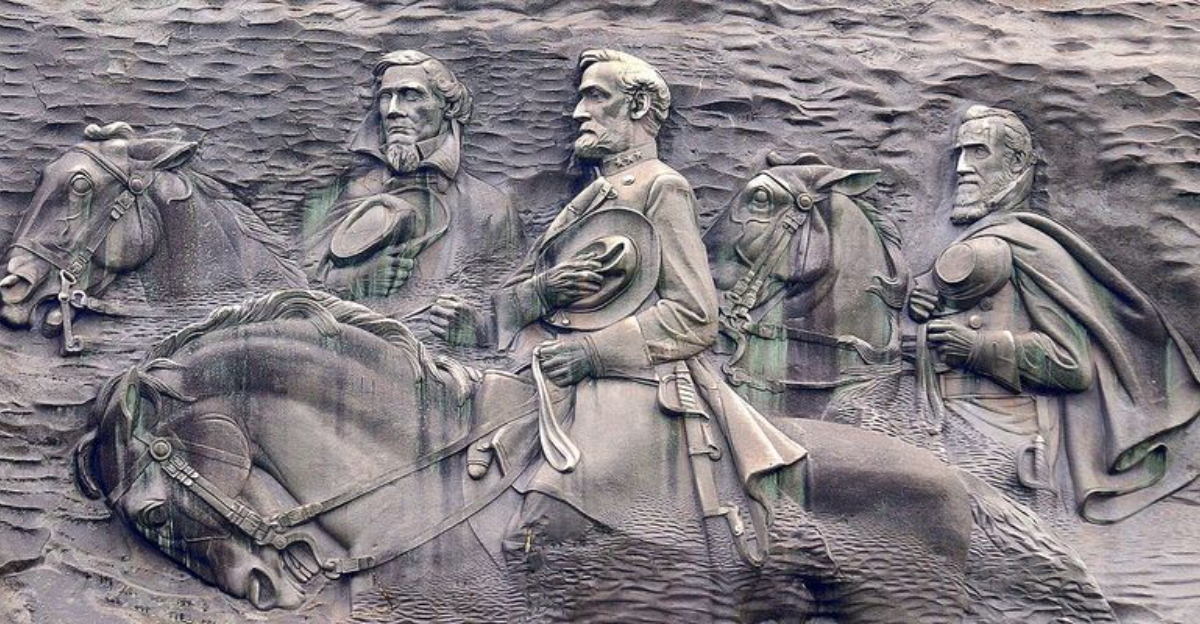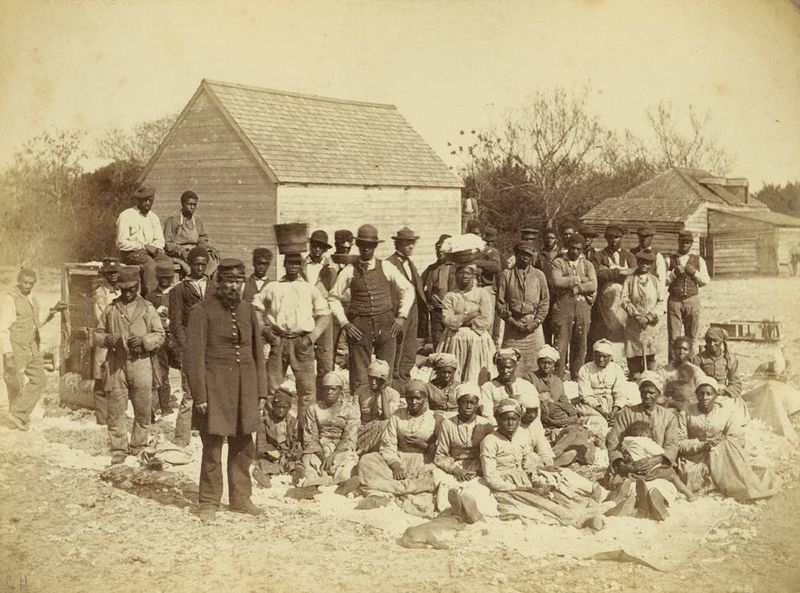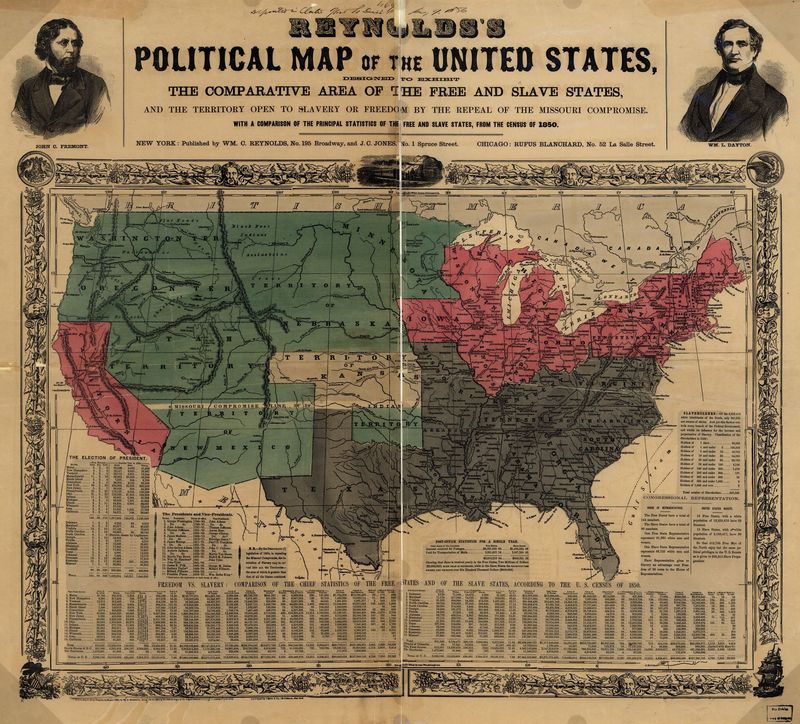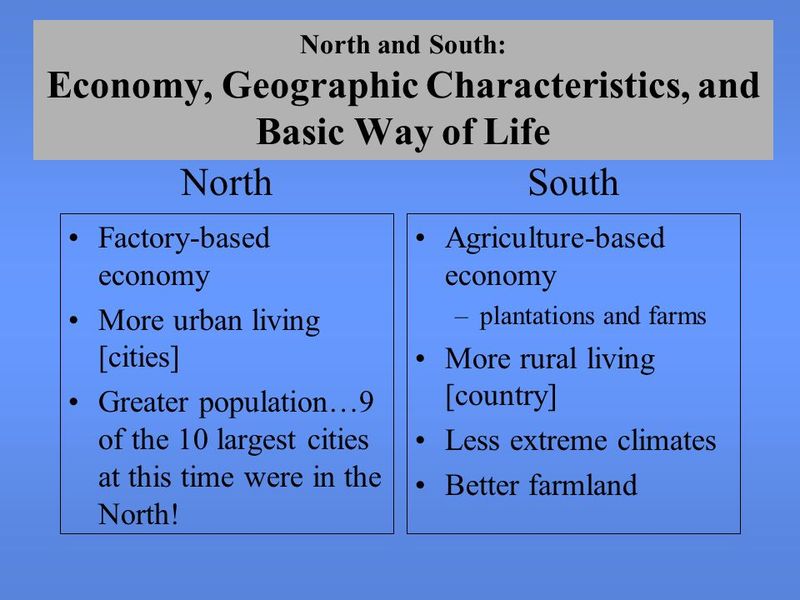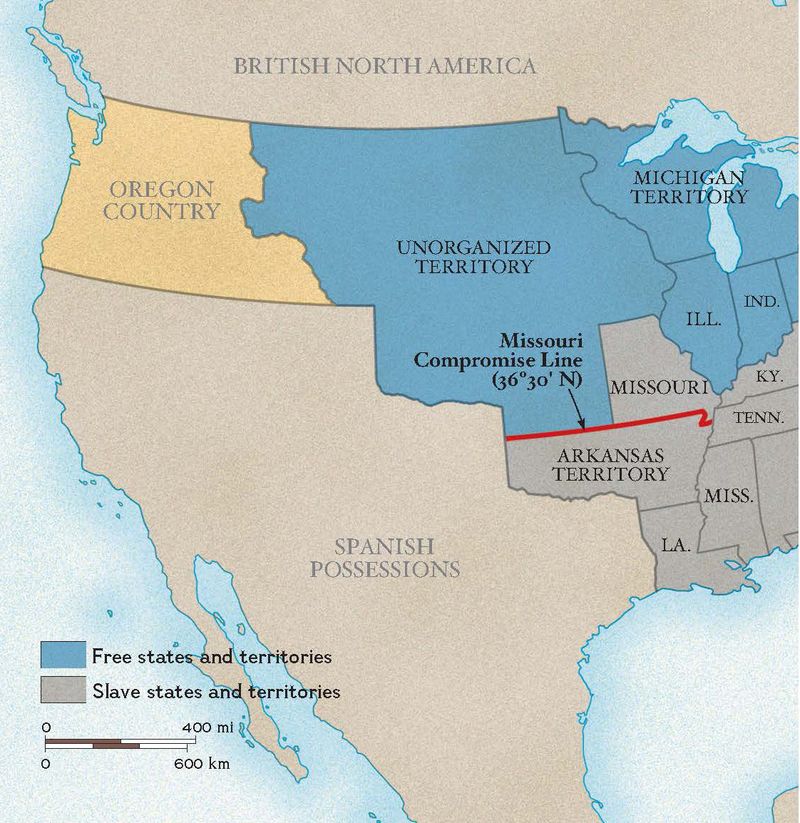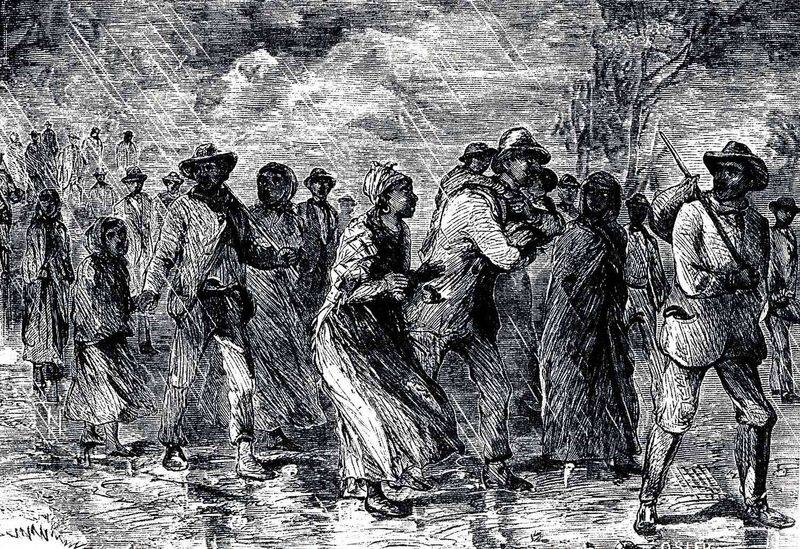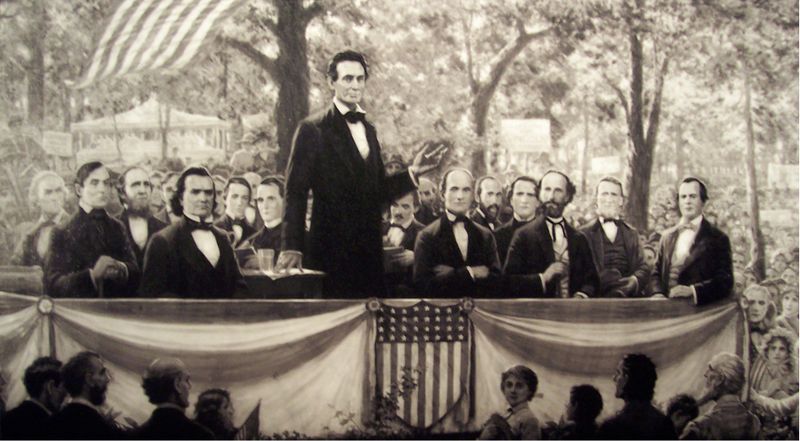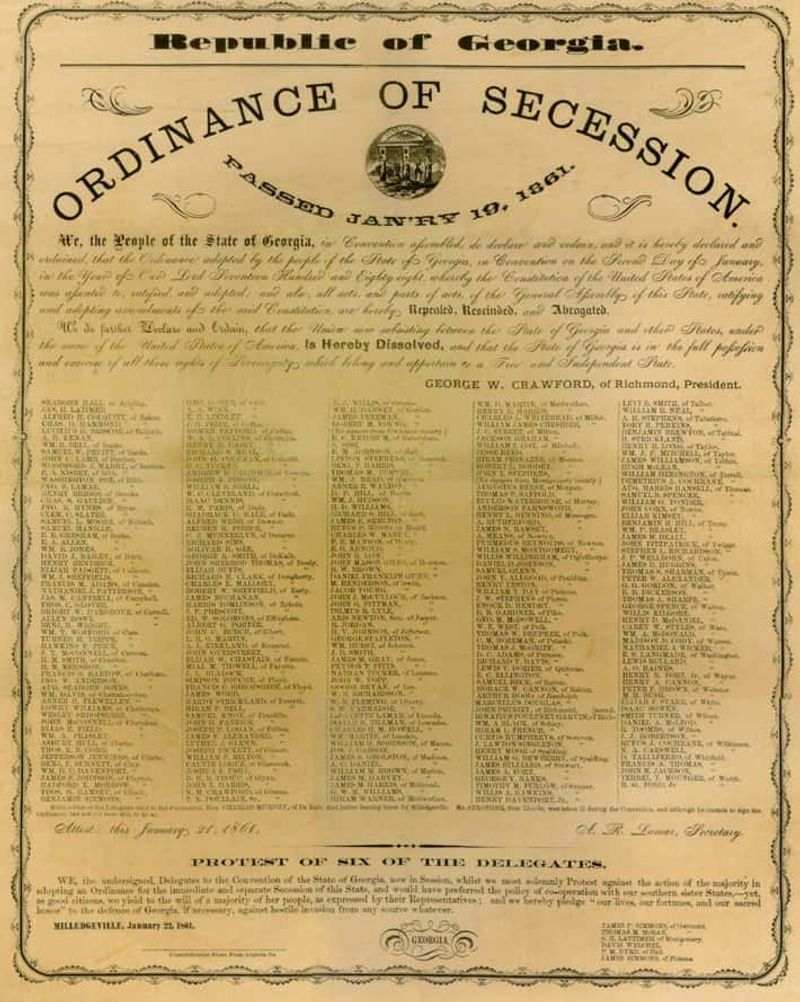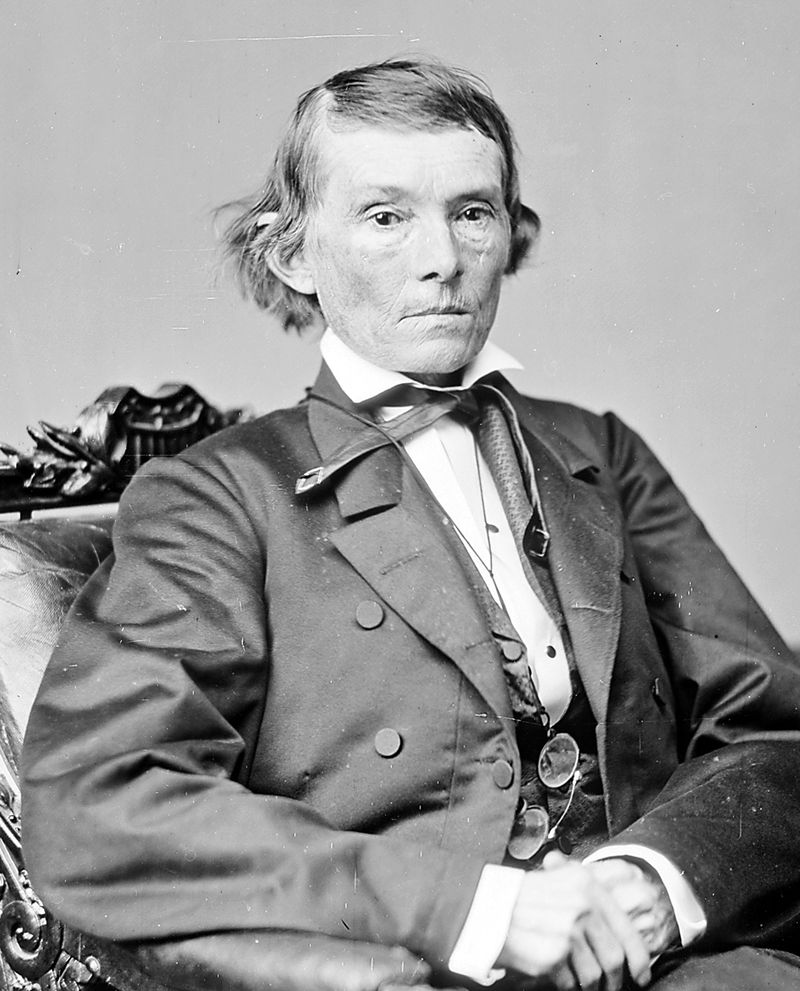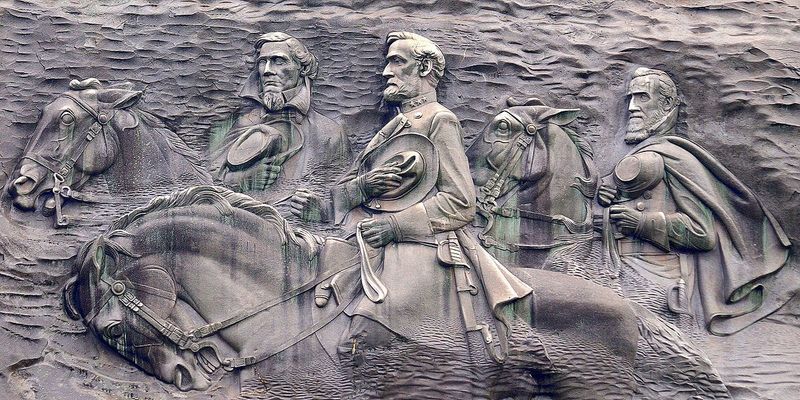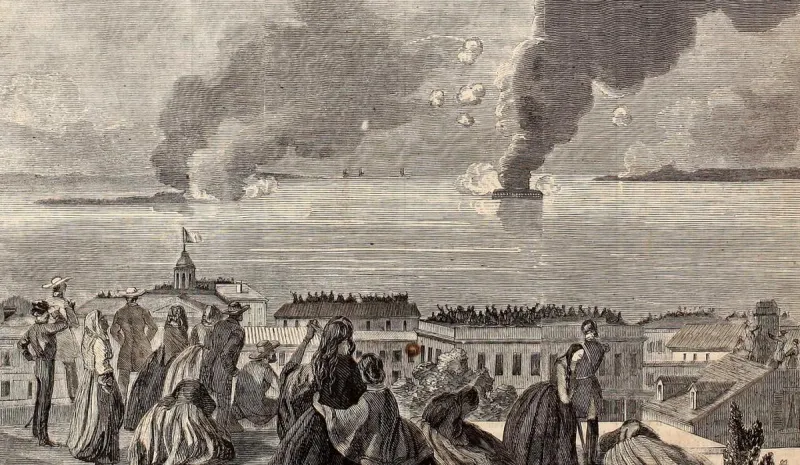The American Civil War, a pivotal event in United States history, was not just a simple clash over regional differences. It was deeply rooted in a complex web of social, economic, and political factors.
This blog post explores the top 10 facts revealing the true reasons behind this monumental conflict, dispelling myths and uncovering the intricate dynamics that led the nation to war.
1. Slavery Was the Core Issue
At the heart of the American Civil War was the contentious issue of slavery. Southern states were adamant about defending their right to own slaves, viewing slavery as essential to their agrarian economy.
The North, on the other hand, was moving towards industrialization and a free labor system, leading to fundamental disagreements. Efforts to expand slavery into new territories further fueled these tensions.
Slavery was not just an economic system but a cultural cornerstone for the South. These conflicting ideologies set the stage for a bloody confrontation.
2. States’ Rights vs. Federal Authority — But Mainly About Slavery
The argument over states’ rights often masked the underlying issue of slavery. Southern states championed the idea of self-governance, arguing that they had the right to determine their own laws, especially those concerning slavery.
This notion was less about autonomy and more about preserving the institution of slavery. Federal efforts to limit slavery were seen as a direct threat, igniting fierce debates over state versus national power.
The clash of these principles was a crucial factor in the lead-up to war, revealing deep-seated divisions.
3. Economic Differences Created Deep Tensions
The North and South’s economic divergence laid a foundation for conflict. The South’s economy relied heavily on slave-driven agriculture, particularly cotton, which was a major export.
In contrast, the North was rapidly industrializing, embracing a free labor market. These opposing economic systems created competition and distrust. The success of factories and railroads in the North threatened the agrarian lifestyle of the South.
Economic policies, tariffs, and trade disagreements further widened the chasm between the two regions.
4. The Missouri Compromise and Compromises Failed
Efforts to balance the interests of slave and free states led to various compromises, the most notable being the Missouri Compromise. It aimed to maintain political equilibrium by admitting Missouri as a slave state and Maine as a free state.
However, such compromises were temporary solutions that failed to address the core issues. As new states were admitted, the delicate balance tipped, reigniting tensions.
These failed agreements only postponed the inevitable conflict, as both sides became more entrenched in their positions.
5. The Rise of Abolitionism in the North
The abolitionist movement gained significant traction in the North, challenging the moral and ethical grounds of slavery. Influential literature like Uncle Tom’s Cabin and speeches by figures such as Frederick Douglass galvanized public opinion.
This growing anti-slavery sentiment threatened Southern interests, as it called for the end of an institution they considered vital.
Northern abolitionists not only advocated for freedom but also highlighted the brutal realities of slavery, stirring the national conscience. Their efforts were instrumental in shaping public discourse.
6. The Election of Abraham Lincoln
Abraham Lincoln’s election in 1860 was a turning point. Although he did not intend to abolish slavery where it already existed, his opposition to its expansion was seen as a threat by the South.
Southern leaders viewed his presidency as an existential risk to their way of life and economic interests. Lincoln’s victory signaled a shift in national politics, reflecting the growing influence of anti-slavery sentiments.
His election catalyzed Southern secession, as states chose to leave the Union rather than face perceived encroachments on their rights.
7. Secession Was About Preserving Slavery
The secession of Southern states was driven by a desire to preserve slavery. Official documents from these states explicitly cited slavery as the primary reason for leaving the Union.
They sought to create a nation where slavery could continue unhindered, free from Northern interference. The Confederate states believed their economic survival depended on this institution.
Secession was not just a political maneuver but a statement of intent to maintain a way of life centered around slavery. This act set the stage for war.
8. The Confederacy’s Own Words
Alexander Stephens, the Vice President of the Confederacy, articulated the Confederacy’s ideology in his “Cornerstone Speech.” He asserted that the Confederacy was founded on the “great truth” of racial inequality and the legitimacy of slavery.
His words laid bare the Confederacy’s primary motivation: the preservation of white supremacy through slavery. This candid admission refuted any claims that the Civil War was not about slavery.
Stephens’ speech remains a critical piece of evidence in understanding the Confederacy’s true intentions, providing stark clarity on their cause.
9. Myths of the “Noble Cause”
Post-war, the “Lost Cause” narrative emerged, romanticizing the Southern fight as a noble struggle for heritage and honor. This myth downplayed slavery as a primary cause, focusing instead on states’ rights and Southern valor.
Modern historians have widely debunked this narrative, emphasizing that slavery was indeed the central issue. The “Lost Cause” served to reshape public memory and justify the Southern rebellion.
This revisionist history has had lasting impacts on American culture and memory, obscuring the true causes of the Civil War.
10. The War Was Inevitable Without Resolution
Decades of unresolved disputes over slavery and state power made the Civil War almost unavoidable. As tensions escalated, compromise seemed impossible, and the nation was on a collision course.
Both sides were driven by fundamentally incompatible visions for America’s future, leading to an inevitable showdown. The first shots at Fort Sumter marked a tragic culmination of these conflicts.
The war was not merely a result of political failure but a manifestation of deep-seated differences that could no longer be reconciled.
